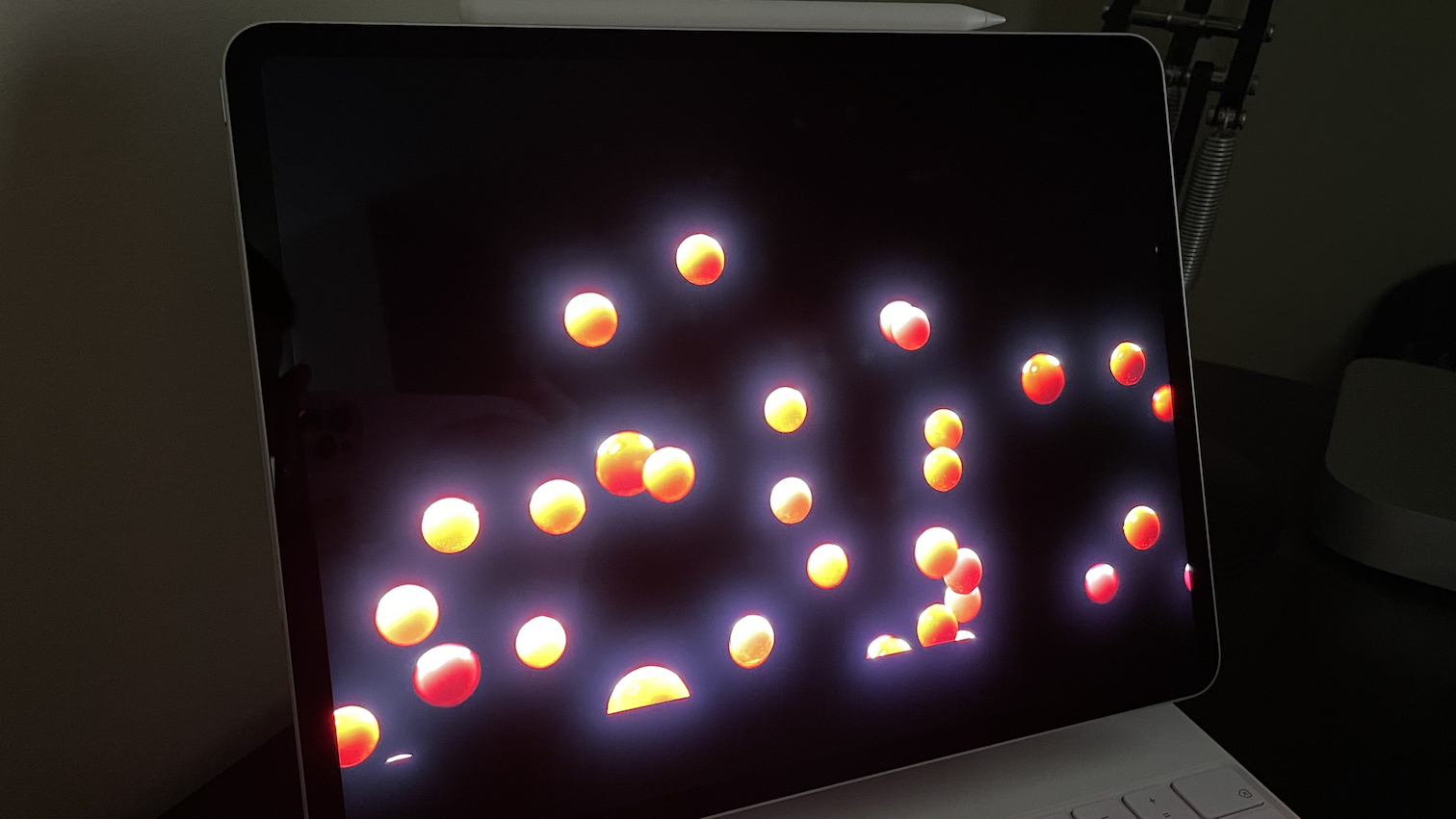This article has been indexed from MacRumors: Mac News and Rumors – Front Page
Some users are noticing more blooming on the 12.9-inch iPad Pro‘s Liquid Retina XDR mini-LED display than expected, despite Apple’s claims that the effect is minimized.

According to recently published Apple Support documents, the iPad Pro’s Liquid Retina XDR display is designed to improve on “the trade-offs of typical local dimming systems, where the extreme brightness of LEDs might cause a slight blooming effect,” suggesting that the effect should be minimized.
The Liquid Retina XDR display improves upon the trade-offs of typical local dimming systems, where the extreme brightness of LEDs might cause a slight blooming effect because the LED zones are larger than the LCD pixel size. This display is designed to deliver crisp front-of-screen performance with its incredibly small custom mini-LED design, industry leading mini-LED density, large number of individually controlled local dimming zones, and custom optical films that shape the light while maintaining image fidelity and extreme brightness and contrast.
In spite of this, some iPad Pro owners are noticing more blooming than expected and highlighting their experience on social media.
After spending 24 hours with it I can safely say #MiniLED is NOT the display tech #Apple is likely gonna keep for the iPad long term. OLED is far superior with picture quality. This is definitely an improvement don’t get me wrong, but it’s not OLED level good IMO.
— Josh Teder (@JoshTeder) May 22, 2021
Thanks to the adoption of mini-LED display technology, the iPad
[…]
Content was cut in order to protect the source.Please visit the source for the rest of the article.
Read the original article: Apple Says iPad Pro’s XDR Display Designed to Minimize Blooming, but Some Users Still Notice the Effect